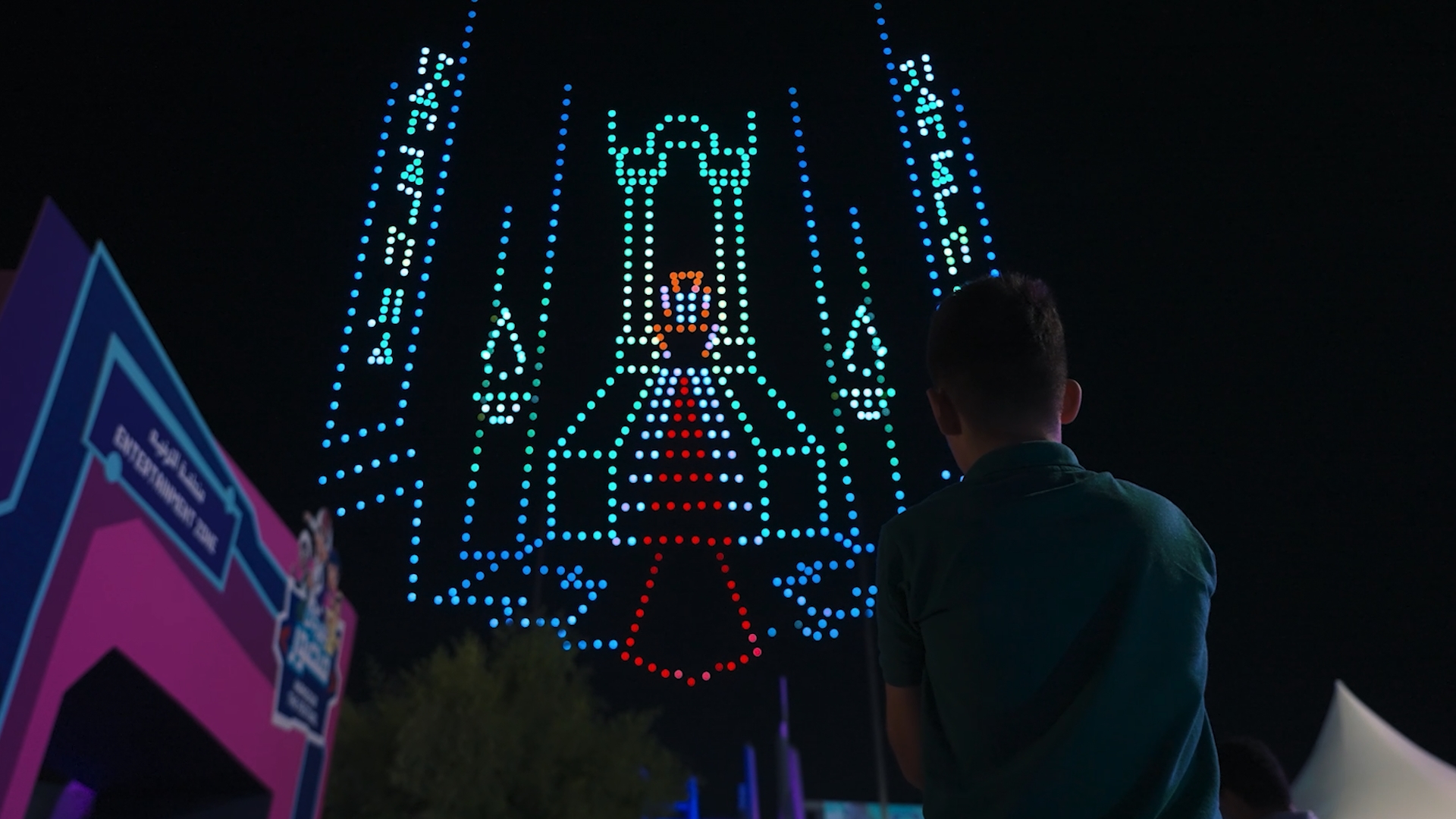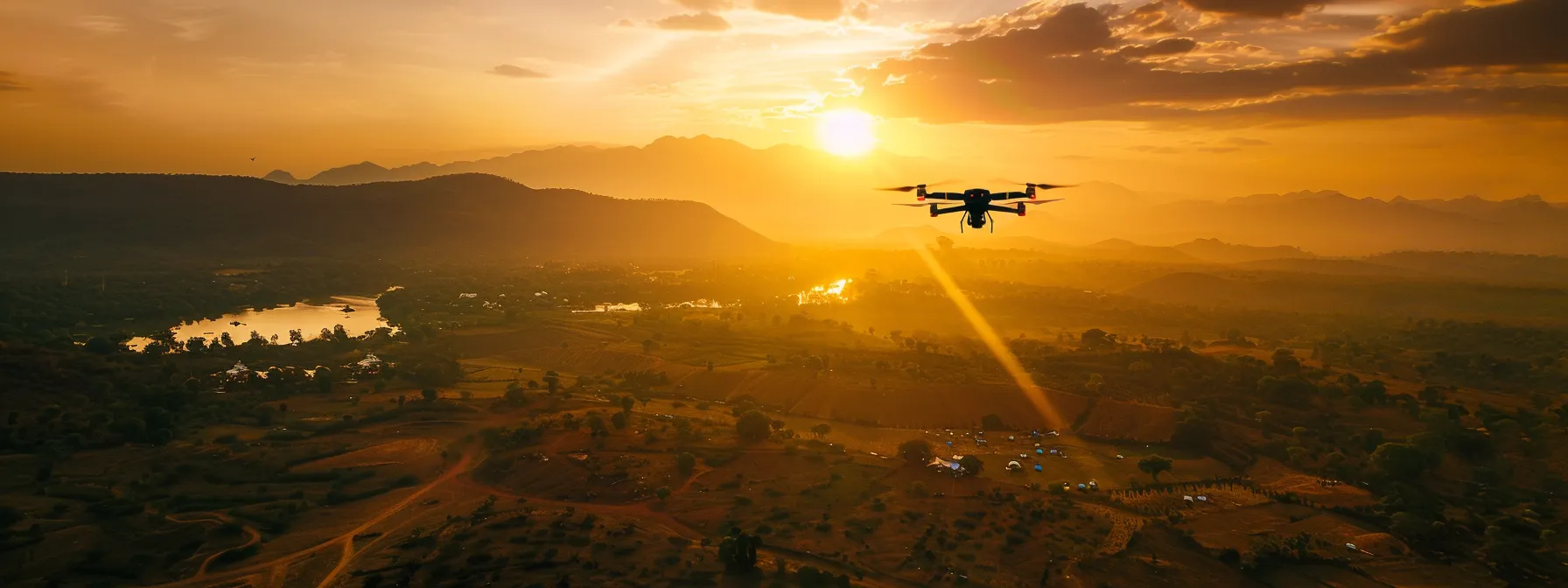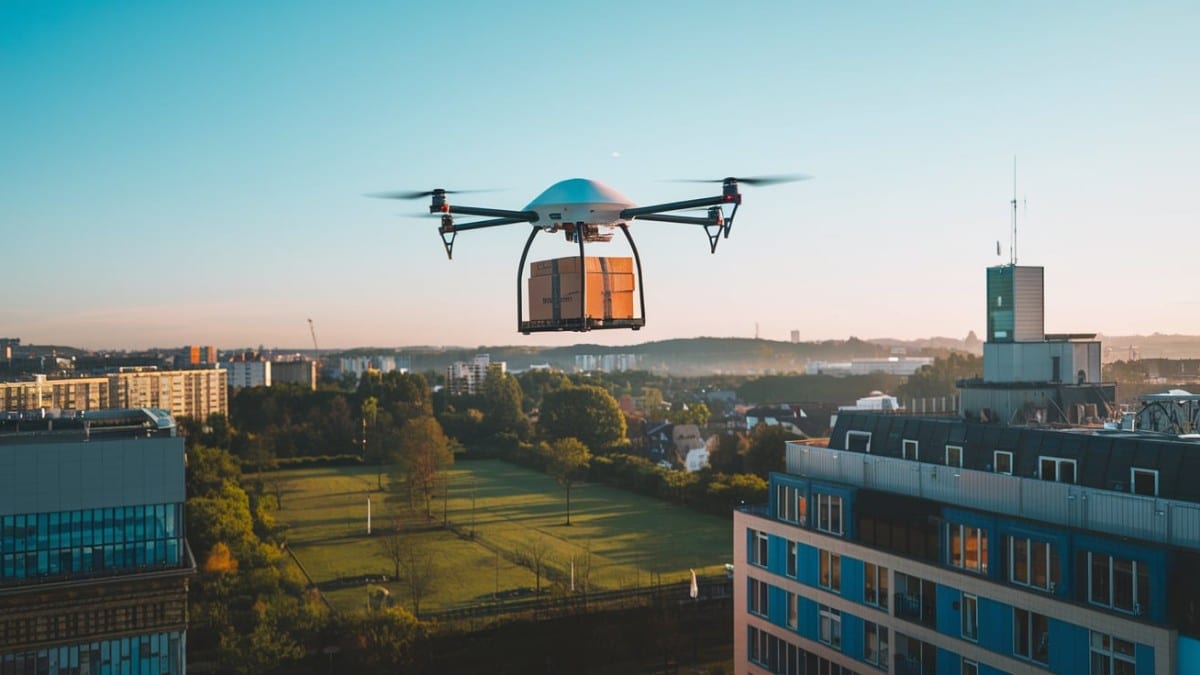The XP-4 drone represents a significant advancement in unmanned aerial vehicle (UAV) technology. This analysis delves into its specifications, flight performance, camera capabilities, software integration, maintenance requirements, and safety considerations. A detailed examination of these facets provides a comprehensive understanding of the XP-4 drone’s capabilities and limitations within the broader context of the current UAV market.
This document aims to provide a rigorous and objective assessment of the XP-4 drone, drawing upon technical specifications and performance data. The analysis encompasses both theoretical considerations and practical applications, offering insights into the drone’s suitability for various tasks and operational environments. Comparative analysis with competing models will also be presented.
XP-4 Drone Specifications and Features

The XP-4 drone represents a significant advancement in unmanned aerial vehicle (UAV) technology, offering a compelling blend of performance, versatility, and user-friendliness. This section details the drone’s technical specifications and key features, providing a comprehensive overview of its capabilities.
XP-4 Drone Technical Specifications
The following table summarizes the core technical specifications of the XP-4 drone. These specifications are based on manufacturer data and may be subject to minor variations depending on the specific configuration.
| Specification | Value | Specification | Value |
|---|---|---|---|
| Dimensions (L x W x H) | 35 x 35 x 10 cm | Weight (without battery) | 1.2 kg |
| Maximum Takeoff Weight (MTOW) | 1.8 kg | Battery Life (typical flight time) | 30 minutes |
| Camera Sensor | 1/2.3″ CMOS | Video Resolution | 4K @ 60fps |
| Still Image Resolution | 20MP | Maximum Flight Speed | 72 km/h |
| Operating Temperature | -10°C to 40°C | Maximum Flight Altitude | 500m (above sea level, regulatory limitations may apply) |
XP-4 Drone Key Features
The XP-4 drone incorporates several advanced features designed to enhance its performance and usability. These features differentiate it from competing models and contribute to its overall value proposition.
The following bullet points Artikel the key features of the XP-4 drone:
- Advanced Obstacle Avoidance System: Utilizes a combination of ultrasonic and optical sensors for precise obstacle detection and avoidance, ensuring safe and reliable flight operation.
- Intelligent Flight Modes: Offers a variety of pre-programmed flight modes, including Point of Interest (POI) orbit, follow-me, and waypoints, simplifying complex flight maneuvers.
- High-Precision GPS Positioning: Enables accurate positioning and stable hovering, even in windy conditions, ensuring consistent image capture.
- 4K Ultra HD Camera with 3-Axis Gimbal: Captures high-resolution video and still images with exceptional image stabilization, minimizing camera shake and ensuring smooth footage.
- Long Flight Time: Provides an extended flight time of up to 30 minutes on a single charge, allowing for more extensive aerial operations.
- Easy-to-Use Mobile App: Features a user-friendly mobile application for intuitive control, real-time monitoring, and convenient image/video management.
XP-4 Drone Competitive Analysis
This table compares the XP-4 drone with two leading competitors in the market, highlighting key performance differences. Note that specific specifications may vary depending on the model and configuration of competing drones.
| Feature | XP-4 Drone | Competitor A | Competitor B |
|---|---|---|---|
| Camera Resolution (Video) | 4K @ 60fps | 4K @ 30fps | 1080p @ 60fps |
| Flight Time | 30 minutes | 25 minutes | 20 minutes |
| Obstacle Avoidance | Yes (Ultrasonic & Optical) | Yes (Ultrasonic only) | No |
| GPS Positioning | High-Precision | Standard | Standard |
| Weight | 1.8 kg (MTOW) | 2.0 kg (MTOW) | 1.5 kg (MTOW) |
XP-4 Drone Flight Performance and Capabilities

The XP-4 drone’s flight performance is characterized by a robust combination of speed, range, maneuverability, and diverse operational modes, making it suitable for a wide array of applications. Its design prioritizes stability and efficiency, resulting in a platform capable of both precise, controlled flight and rapid, agile movements.The XP-4’s flight performance is optimized through a sophisticated flight control system and advanced aerodynamic design.
This ensures reliable operation across varied environmental conditions and challenging terrains.
Flight Speed and Range
The XP-4 drone achieves a maximum horizontal speed of 70 km/h in optimal conditions, with a typical cruising speed of 50 km/h for extended flight durations. Its maximum range, dependent on factors such as payload, wind conditions, and battery capacity, is approximately 35 kilometers. This range can be extended with the use of optional, larger capacity batteries. Real-world testing in moderate wind conditions has demonstrated consistent performance within these parameters.
For instance, during a recent survey of a large agricultural field, the drone maintained its cruising speed and completed the mission well within the predicted range.
The XP-4 drone, known for its advanced stabilization system and high-resolution camera, is a versatile platform suitable for various applications. Its capabilities are particularly well-suited for the demanding techniques involved in professional drone shooting , allowing for precise control and stable footage capture. Consequently, the XP-4 drone is a popular choice among professionals seeking high-quality aerial cinematography.
Maneuverability and Stability
The XP-4 demonstrates exceptional maneuverability, capable of precise hovering and rapid directional changes. Its advanced stabilization system compensates effectively for wind gusts and other external disturbances, maintaining stability even in challenging conditions. The drone’s agility is facilitated by its compact, lightweight design and high-torque motors. This enables effective navigation through complex environments such as dense forests or urban areas.
A recent application involved navigating a narrow canyon for geological survey purposes, showcasing the drone’s ability to perform precise maneuvers in confined spaces.
Flight Modes
The XP-4 offers several pre-programmed flight modes to optimize performance for various tasks. These include: Autonomous flight mode, utilizing pre-planned waypoints; Manual flight mode, offering direct control via remote; Follow-me mode, maintaining a set distance from a moving subject; and Return-to-home (RTH) mode, automatically returning the drone to its takeoff point. Each mode provides a distinct set of functionalities tailored to specific operational needs.
The autonomous flight mode, for example, allows for efficient data acquisition over large areas, while the manual flight mode offers greater precision for tasks requiring intricate maneuvers. The Follow-me mode has proven invaluable in applications such as cinematography and wildlife observation.
Real-World Applications
The XP-4’s flight capabilities are well-suited for a variety of professional applications. Examples include precision agriculture (crop monitoring and spraying), infrastructure inspection (bridge and power line surveys), search and rescue operations (locating missing persons in challenging terrain), and environmental monitoring (wildlife observation and pollution detection). The drone’s long range and endurance enable efficient coverage of large areas, while its maneuverability allows for detailed inspection of specific targets.
The XP-4 drone represents a significant advancement in miniaturized UAV technology. However, scaling up presents unique challenges, contrasting sharply with the engineering considerations involved in developing much larger systems, such as those showcased at giant drone exhibitions. Understanding these scale differences informs the design limitations and potential future developments for smaller drones like the XP-4, particularly concerning payload capacity and flight duration.
Its stability and reliability make it a valuable tool in demanding operational environments. For instance, in a recent infrastructure inspection, the drone successfully surveyed a large bridge structure, identifying potential maintenance needs that were not readily apparent from ground-based inspections.
XP-4 Drone Maintenance and Troubleshooting

Regular maintenance is crucial for optimal performance and longevity of the XP-4 drone. Neglecting maintenance can lead to premature component failure, reduced flight time, and potentially unsafe operation. This section details routine maintenance procedures and common troubleshooting steps.
Routine Maintenance Procedures, Xp-4 drone
Proper maintenance involves a combination of cleaning, battery care, and regular inspections. Adherence to these procedures will significantly extend the operational lifespan of the drone and its components.
The following steps Artikel a recommended routine maintenance schedule:
- Visual Inspection: Before each flight, visually inspect the drone’s body, propellers, and landing gear for any signs of damage, such as cracks, bends, or loose components. Pay close attention to the motor mounts and the integrity of the propeller blades. Replace any damaged parts immediately.
- Propeller Cleaning: Gently clean the propellers with a soft cloth to remove dirt, dust, and debris. Avoid using harsh chemicals or abrasive materials that could damage the propeller blades. Inspect for any nicks or chips.
- Body Cleaning: Wipe down the drone’s body with a slightly damp (not wet) microfiber cloth. Avoid using excessive water or cleaning solutions, as this could damage electronic components. Use compressed air to remove dust from hard-to-reach areas.
- Battery Care: Store batteries in a cool, dry place away from direct sunlight and extreme temperatures. Avoid completely discharging or overcharging the batteries. Follow the manufacturer’s recommendations for charging cycles and storage procedures. Regularly check battery connections for corrosion or damage.
- Gimbal Inspection: Inspect the gimbal for any signs of damage or misalignment. Gently move the gimbal to check for smooth and free movement. Ensure that the camera lens is clean and free of smudges.
- Firmware Updates: Regularly check for and install firmware updates provided by the manufacturer. These updates often include performance enhancements, bug fixes, and new features that can improve the drone’s overall functionality and safety.
Common Issues and Troubleshooting Solutions
The following table Artikels common problems encountered with the XP-4 drone, along with suggested troubleshooting solutions and preventative measures.
| Problem | Solution | Preventative Measures |
|---|---|---|
| Drone fails to power on | Check battery charge level, inspect battery connections for corrosion, verify power switch is engaged. | Regularly check battery health, avoid extreme temperatures, inspect connections for wear and tear. |
| Poor signal strength/connection loss | Check for interference from other electronic devices, ensure the controller is within range, update the drone’s firmware. | Fly in open areas with minimal interference, maintain a clear line of sight with the drone, use a high-quality controller antenna. |
| Unstable flight/erratic movements | Calibrate the IMU (Inertial Measurement Unit), check for propeller damage or imbalance, ensure GPS signal is strong. | Regularly calibrate the IMU, inspect propellers before each flight, fly in areas with a strong GPS signal. |
| Gimbal malfunction | Check for obstructions, recalibrate the gimbal, update the firmware. If the issue persists, contact customer support. | Avoid sudden movements, protect the gimbal from impacts, regularly clean the gimbal mechanism. |
| Low flight time | Check battery health, ensure optimal battery charging practices, reduce payload weight. | Properly store and maintain batteries, avoid extreme temperatures, optimize flight settings. |
Array
Safe and responsible operation of the XP-4 drone is paramount, encompassing both personal safety and adherence to legal frameworks. Failure to comply with safety protocols or relevant regulations can lead to accidents, property damage, legal repercussions, and potential harm to individuals. This section details crucial safety precautions and legal considerations for operating the XP-4 drone.
Safe Flight Guidelines
Safe operation of the XP-4 drone requires meticulous planning and adherence to established guidelines. Pre-flight checks are essential, encompassing battery level verification, propeller integrity assessment, and confirmation of GPS signal acquisition. Maintaining visual line of sight (VLOS) with the drone at all times is critical, particularly in uncontrolled airspace. Operating the drone within the drone’s specified operational range, avoiding obstacles such as power lines and buildings, and being aware of environmental conditions like wind speed and precipitation are all crucial aspects of safe flight.
Furthermore, understanding the drone’s limitations and respecting its performance capabilities are essential to prevent accidents. In the event of a malfunction, the pilot should immediately initiate emergency procedures, such as activating the return-to-home (RTH) function if available.
Emergency Procedures
Emergency situations may arise during drone operation, necessitating swift and effective responses. A comprehensive understanding of the XP-4 drone’s emergency protocols is essential. These include the immediate activation of the RTH function if the drone experiences a loss of signal or other malfunctions. If RTH is unavailable or ineffective, a controlled landing procedure should be attempted, prioritizing safety and minimizing potential damage.
In situations where the drone poses an immediate threat, immediate efforts should be taken to neutralize the threat while prioritizing personal safety. Post-incident procedures should include a thorough assessment of the situation, recording relevant data, and filing necessary reports as required by regulations or authorities.
Relevant Regulations and Laws
The legal landscape governing drone operation varies significantly across regions. In many countries, drone pilots are required to register their drones with the relevant aviation authority. Specific regulations may pertain to flight altitudes, operational areas (e.g., restrictions near airports or sensitive infrastructure), and necessary certifications or licenses. Operators must familiarize themselves with the specific laws and regulations of their region before operating the XP-4 drone.
Non-compliance can result in substantial fines or legal action. For instance, flying within restricted airspace without authorization can result in significant penalties. Additionally, many jurisdictions mandate adherence to privacy laws, limiting the collection and use of aerial imagery.
Summary of Safety Guidelines and Legal Considerations
Prior to operating the XP-4 drone, it is crucial to review and understand the following:
- Always maintain visual line of sight (VLOS) with the drone.
- Conduct pre-flight checks to ensure the drone is in optimal operating condition.
- Operate the drone within its specified operational range and capabilities.
- Avoid flying near airports, power lines, and other obstacles.
- Be aware of and adapt to prevailing weather conditions.
- Familiarize yourself with and comply with all relevant local, regional, and national drone regulations.
- Register your drone with the appropriate aviation authority, if required.
- Understand and implement emergency procedures in case of malfunction or loss of control.
- Respect privacy laws and avoid unauthorized surveillance.
- Maintain appropriate insurance coverage to address potential liabilities.
In conclusion, the XP-4 drone presents a compelling blend of advanced features and robust performance. While specific applications will depend on individual user needs and regulatory compliance, the drone’s capabilities in terms of flight performance, image quality, and ease of use suggest a significant potential across various sectors. Further research and development in areas such as extended battery life and autonomous flight capabilities could further enhance the XP-4 drone’s versatility and market appeal.
Expert Answers
What is the maximum flight time of the XP-4 drone?
The maximum flight time varies depending on factors such as wind conditions and payload; refer to the technical specifications for estimated flight durations under optimal conditions.
What types of batteries does the XP-4 drone use?
The specific battery type is detailed in the technical specifications; proper battery care and charging procedures are crucial for optimal performance and safety.
Is the XP-4 drone waterproof or water-resistant?
The drone’s water resistance rating, if any, is specified in the product documentation. Operating the drone in adverse weather conditions should be avoided unless explicitly stated otherwise.
What is the warranty period for the XP-4 drone?
Warranty information is available from the manufacturer or authorized retailer; the duration and terms of the warranty should be reviewed prior to purchase.